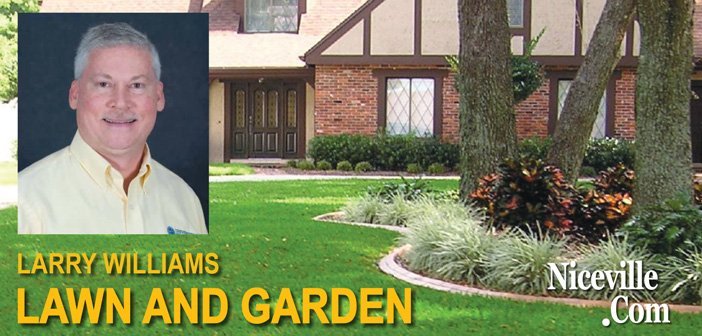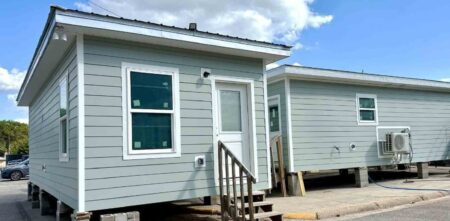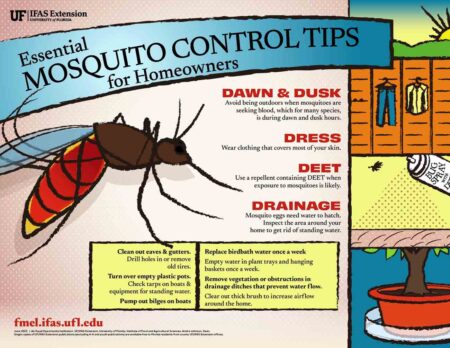In the Gulf Coast we have a wealth of interesting plants that demand a lifetime of study.
Dan Mullins, retired UF/IFAS Extension Agent, and I provide some insight into why our area is a prime region for the study of native plants in today’s article.
Our coastal counties allow us to begin in the forested coastal plain to the north and traveling south, see a remarkable plant transition that ends in the scrub and pioneer zone at the beach.
Close observation reveals that plant species in each zone look different because they are genetically not the same. Each one is adapted to the specific habitat where it is found.
Following are a few examples of these special plants.
- Sand Hickory (Carya pillida) and Scrub or Florida Hickory (Carya floridana) are two species that grow on oak scrubland and interior sandy ridges. Most other species of hickory struggle, or don’t exist on such sites, preferring moist, heavier soils.
- Live Oak and Sand Live Oak are similar but there are some important differences. Quercus virginiana, the standard live oak grows over a wide range of sites but prefers relatively fertile, well drained to seasonally wet soils.
Sand Live Oak, Quercus geminata, inhabits sites having deep, infertile sands, coastal dunes and pine-oak scrub. It thrives where the standard live oak couldn’t exist. It’s adapted to the coast, being more tolerant of drought, wind and salt.
- There are three species and several subspecies of Black Gum or Tupelo Gum that grow in our area. The two most common species are found under much different natural conditions. The Water Tupelo, Nyssa aquatica, is found in swamps, around pond margins and in floodplain forests, while the sour gum, Nyssa sylvatica var. sylvatica is adapted to well drained woodlands.
There are approximately 40 species of oaks that can be found in the coastal counties, but to see them all would require visits to several different kinds of habitat. The white oak is seldom seen near the coast because it requires a soil that retains a relatively consistent soil moisture level. Other oaks that are found on better, moister soils include bluff oak, swamp chestnut oak, cherrybark oak, swamp laurel oak and willow oak.
Visit the driest, most sandy natural areas and you’ll find another special group living quite comfortably. These oaks have such common names as turkey, chapman, dwarf live, sand and myrtle.
Knowing a plant’s natural habitat goes a long way toward successfully growing that plant in the landscape. For instance, someone who resides on the Gulf, bay or sound would know to plant the sand live oak instead of the inland species.
Larry Williams, UF/IFAS Extension Agent, Okaloosa County, September 18, 2014




